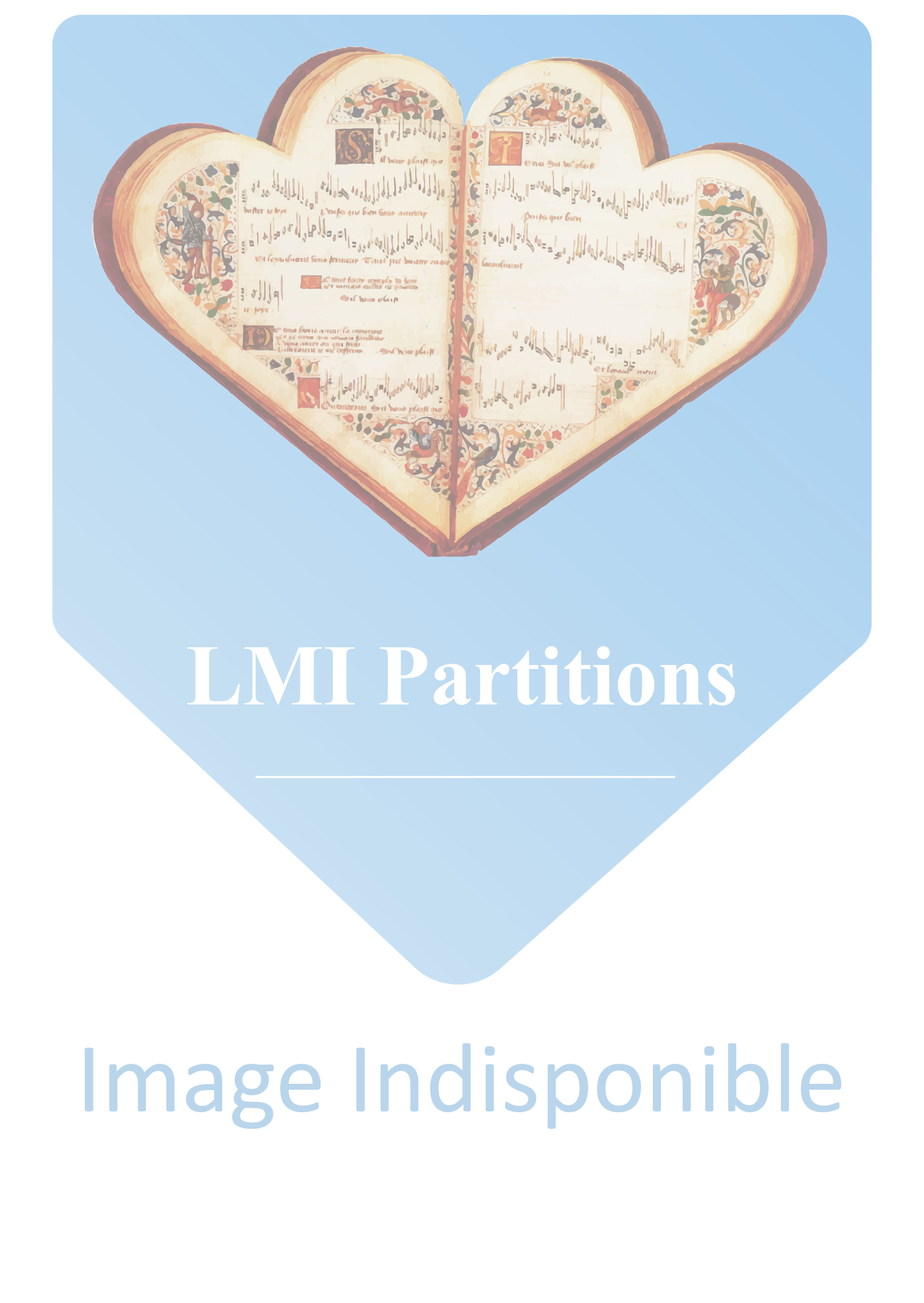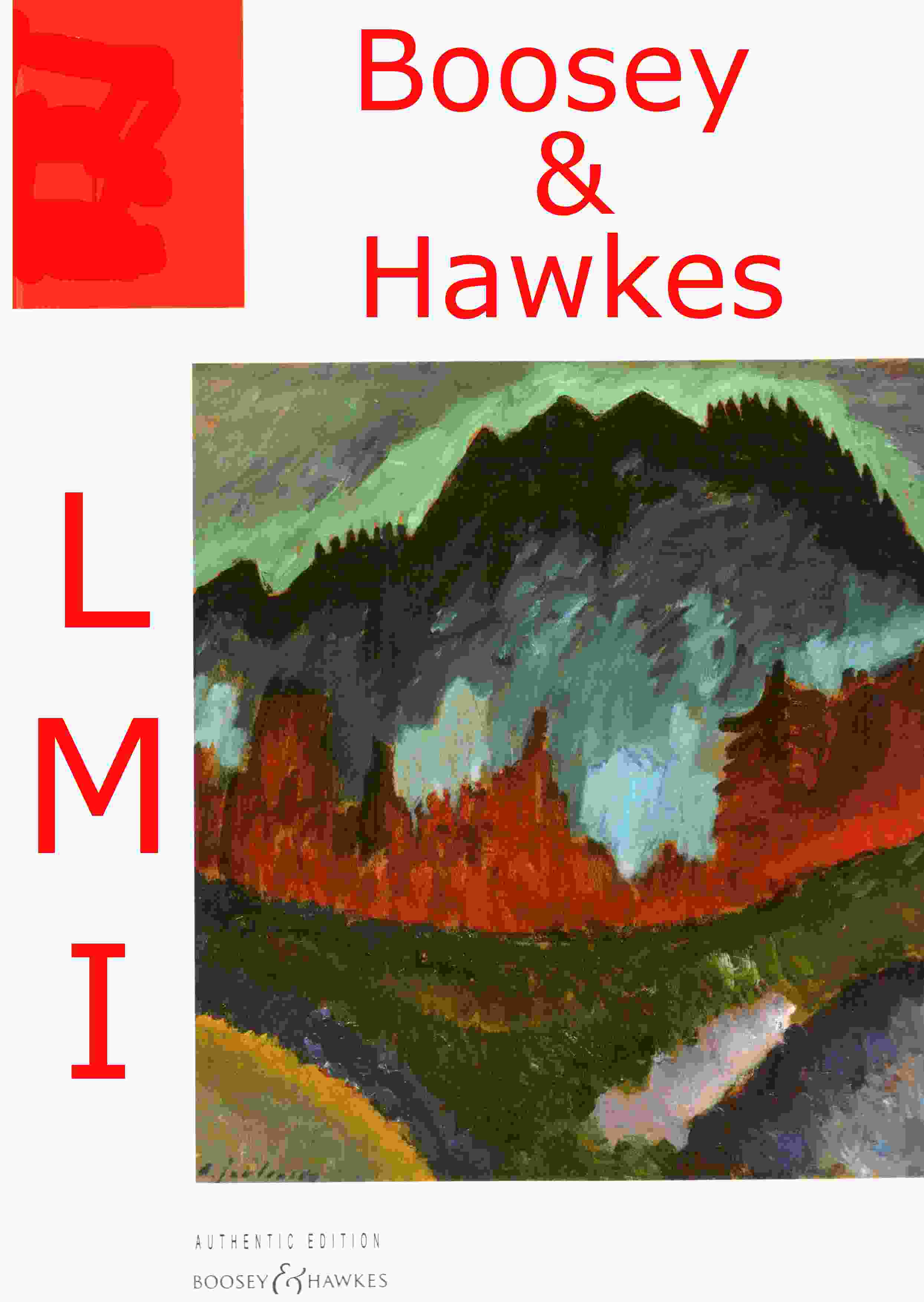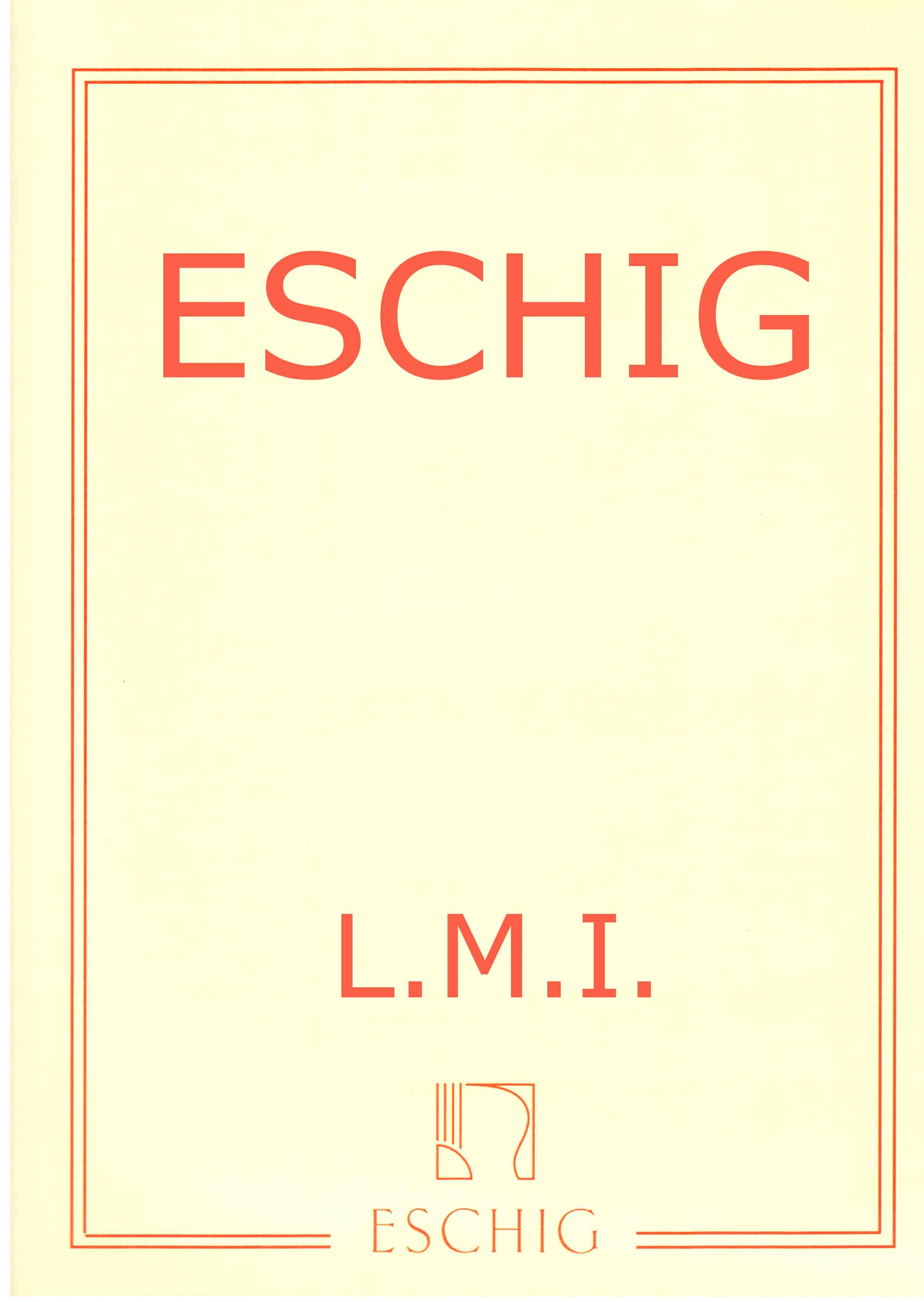Classique
Description :
Amongst Rameau’s stage works which have come down to us in two main versions, such as “Dardanus“ (1739, 1744), “Platée“ (1745, 1749) and “Zoroastre“ (1749, 1756), none fell into oblivion for as long a period as “Castor et Pollux”. After the work had been premiered in 1737, not until 1754 did Rameau decide to revise it. He asked his librettist “Gentil-Bernard“ to add an act to the tragedy and to give more weight to the brotherly friendship between Castor and Pollux. The main plot remains very similar to the one of 1737, aside from the fact that the sisters Télaïre and Phébé no longer are in love - the one with Castor the other with Pollux - but rather both with Castor which is the reason why Phébé is jealous of Télaïre. Already at the beginning of the first act Pollux relinquishes his love of Télaïre to the benefit of Castor. Castor, however, is killed by Linceus and finds himself in Hades. Pollux commits to saving his brother, sacrifices his immortality and declares his willingness to take Castor’s place in Hades so that his brother and Télaïre may be reunited. Jupiter, moved by this sacrifice, frees Pollux and bestows the couple immortality by giving them a place in the zodiac. Following the editorial principles of the “Opera omnia Rameau” (and in contrast to the 1903 edition by August Chapuis issued within the old Rameau series), both versions of “Castor et Pollux”, the version of 1737 (OOR IV.3) and the present version of 1754 (OOR IV.23), are published in two separate volumes in their entirety. Owing to the discovery of the original performance material, today preserved at the Gesellschaft der Musikfreunde in Vienna, the second version of 1754, which up until today was in the shadow of the 1737 version, can now be presented with its more tightly woven plot in all its vigor and dramatic momentum. This edition is enriched with twelve additions which enable the performance of the 1763-1764 version when the work was restaged.



 Gagnez un bon d'achat dès 50€
Gagnez un bon d'achat dès 50€
 30 jours pour changer d'avis
30 jours pour changer d'avis





